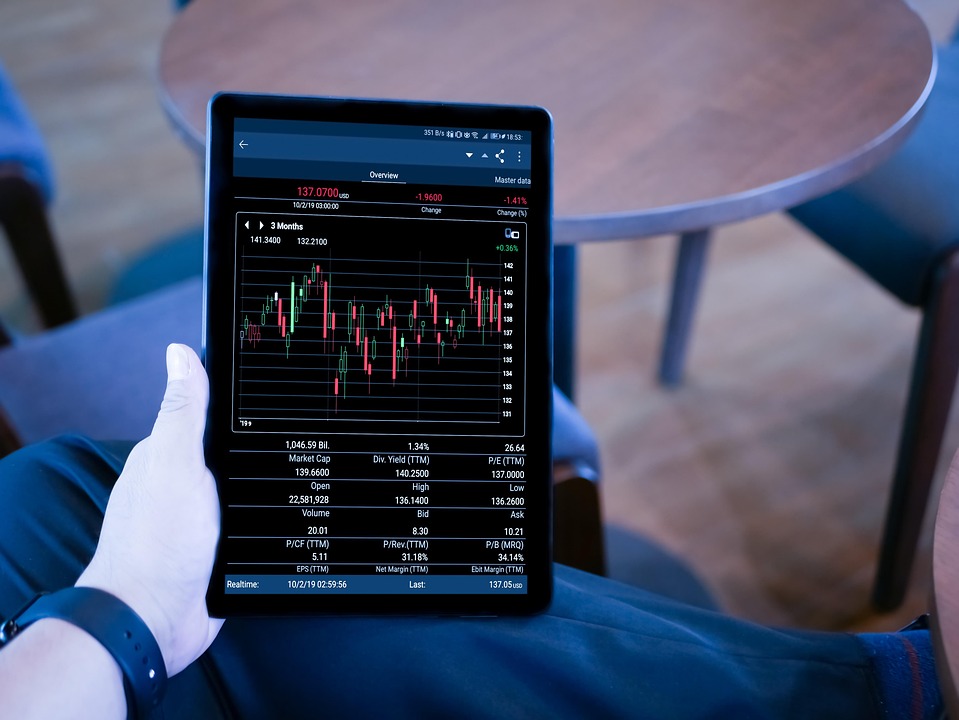Have you bought your regular coffee recently and thought, ‘Why did that cost a small fortune?’
Or maybe the weekly big shop seems to cost a lot more than it used to?
That’s our good friend inflation doing its thing. While a couple of extra quid might not seem like an issue to write home about, over the course of your retirement, it can absolutely add up.
When you reach retirement and you are living off savings or a fixed income, rising prices can shrink your spending power way faster than you might expect. But don’t worry, there are some practical steps you can take to keep inflation from derailing your retirement plans.
How Inflation Affects Retirement Savings
Simply put, inflation is the one responsible for reducing the value of your hard-earned cash over time. That means that in the future, £1 won’t get you what it does today. So, when you’re retired, your ability to afford everyday expenses will be tested.
Let’s say you’ve saved £500,000 for retirement. At an average annual inflation rate of 2.5%, your money’s purchasing power will halve in around 29 years. This is a quick rule known as the Rule of 72. Divide 72 by the inflation rate (72 ÷ 2.5 = 28.8) to estimate how long it takes for the real value of money to drop by half.
So, while £500,000 might sound like more than plenty right now, without some form of inflation protection, it could feel like £250,000 three decades from now. And that’s before factoring in longer retirements, rising care costs, or surprise expenses.
When you hit retirement, you’ll want to be sunning it up in Spain or attending weekly aqua aerobics with your best friends, not worrying about what inflation did to your pension.
Determining an Appropriate Inflation Rate
One of the trickiest parts of retirement planning is deciding what inflation rate to use. Having a sensible inflation estimate in your retirement plan makes a whopping difference. You don’t need to get bogged down in stats, just know that prices have steadily gone up over time, and sometimes they jump more than expected (remember 2022?).
Most planners tend to assume somewhere between 2.5% and 3% a year for long-term planning. That might not sound like much, but over 20 or 30 years, it really does add up. And after the big spikes we’ve seen in recent years, it’s a good idea to check your plan still holds up.
Some people prefer to plan cautiously and build in a bit of extra buffer, just in case those pesky prices rise faster than expected. Others go with a gentler estimate, so the numbers feel more manageable. Either way, the key is to review your assumptions. Inflation won’t be exactly the same every year, and neither will your life!
Options to Combat Inflation
The good news? You’ve got the power. There are several smart moves you can make to shelter your retirement from inflation.
1. Don’t Abandon Growth Too Early!
A common human instinct is to shift entirely into cash or low-risk bonds approaching retirement.
But being too cautious can backfire if your portfolio doesn’t keep pace with inflation. Retaining a mix of equities, even in smaller proportions, can help your money grow in real terms over time. Think of it like a garden, you need a variety of flowers to make sure it blooms all year round!
2. Use Inflation-Linked Investments
Certain investments are specially designed to move with inflation. Such as:
- Index-linked gilts – government bonds that adjust with inflation.
- Investment funds focused on real assets, like infrastructure or inflation-resilient sectors (utilities, consumer staples).
These can offer a nice layer of protection without relying on guesswork.
3. Diversify Your Income Sources
Try not to be completely dependent on one source of income. Combining a State Pension, workplace pension, ISA savings, and possibly rental income should make you feel flexible and free. Some income types (like the State Pension) are inflation-linked, while others need careful management.
Keeping your money in different “buckets” (short-term needs, medium-term stability, and long-term growth) is also a handy way to help balance safety with inflation protection.
Adjusting Your Retirement Plan Over Time
Is your retirement plan gathering dust along with that workout DVD and the board game you bought and swore you’d play? With inflation rates fluctuating and markets shifting, it’s a good idea to review your assumptions every couple of years, or whenever there’s a major economic change.
Ask yourself:
- Are your inflation estimates still realistic?
- Is your current investment mix still suitable?
- Could inflation-linked or growth-oriented investments play a bigger role?
Online tools and retirement calculators can help model different inflation scenarios. Many platforms allow you to input an assumed rate of inflation to see how it affects your long-term income and spending power.
For added peace of mind, a financial adviser can walk you through these projections, tailor them to your personal goals and relieve your busy schedule. And then maybe you’d find time to finally do that workout DVD….
Conclusion and CTA
Inflation might be quieter now than it was a year or two ago, but it hasn’t gone into hiding, and for anyone planning retirement, it’s something to take seriously.
By making informed assumptions, keeping a balanced investment approach, and checking in regularly on your plan, you can protect your future lifestyle and avoid nasty surprises.
If you’re wondering how inflation affects retirement planning or what inflation rate to use for retirement planning in your own case, don’t leave it to guesswork.
At Informed Financial Planning, we help you build a plan that’s flexible, future-proof, and designed to help you enjoy retirement on your own terms, whatever the cost of living. Get in touch if that is something you’d be interested in learning more about.
The value of investments and any income from them can fall as well as rise and you may not get back the original amount invested.



